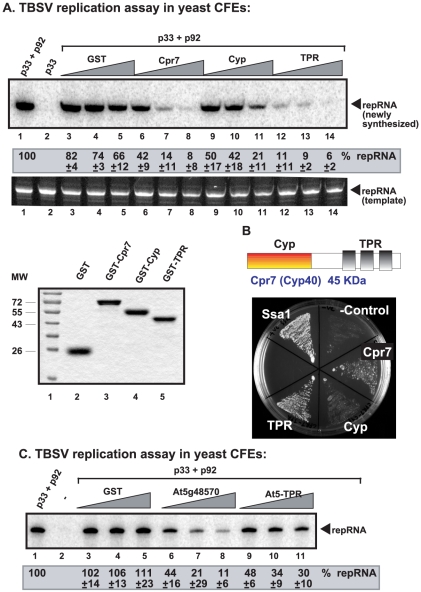Figure 3. Cell-free TBSV replication assay supports an inhibitory role for Cpr7p and an Arabidopsis Cyp40 homolog.
(A) Top panel: Denaturing PAGE analysis of the 32P-labeled TBSV repRNA products obtained in the CFE-based assay programmed with in vitro transcribed TBSV DI-72 (+)repRNA and purified recombinant p33 and p92pol replication proteins of TBSV. Purified recombinant GST-tagged Cpr7p, the Cyp domain or the TPR domain (0.4, 0.8 and 1.6 µg), or GST were added to CFE prepared from BY4741 yeast strain. Each experiment was repeated three times. Middle panel: Ethidium-bromide stained PAGE gel from the top panel to show the sample loading and the lack of RNase activity in the CFE-based assay. Bottom panel: SDS-PAGE analysis of the purified recombinant proteins used in the above CFE-based assay. (B) Split ubiquitin assay was used to demonstrate binding between p33 and the TPR and the catalytic Cyp domains of Cpr7p. The domain structure and size of Cpr7p is shown on the top. (C) Denaturing PAGE analysis of the 32P-labeled TBSV repRNA products obtained in the CFE-based TBSV replication assay containing purified recombinant Arabidopsis Cyp40 homolog At5g48570 and its TPR domain (0.4, 0.8 and 1.6 µg).

